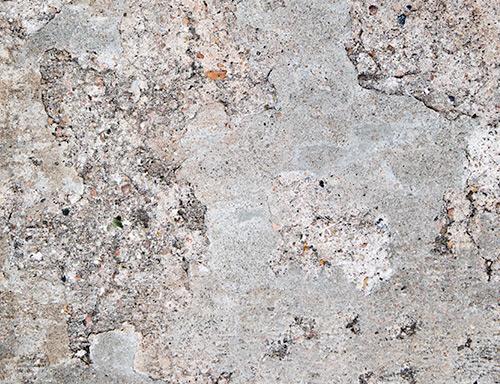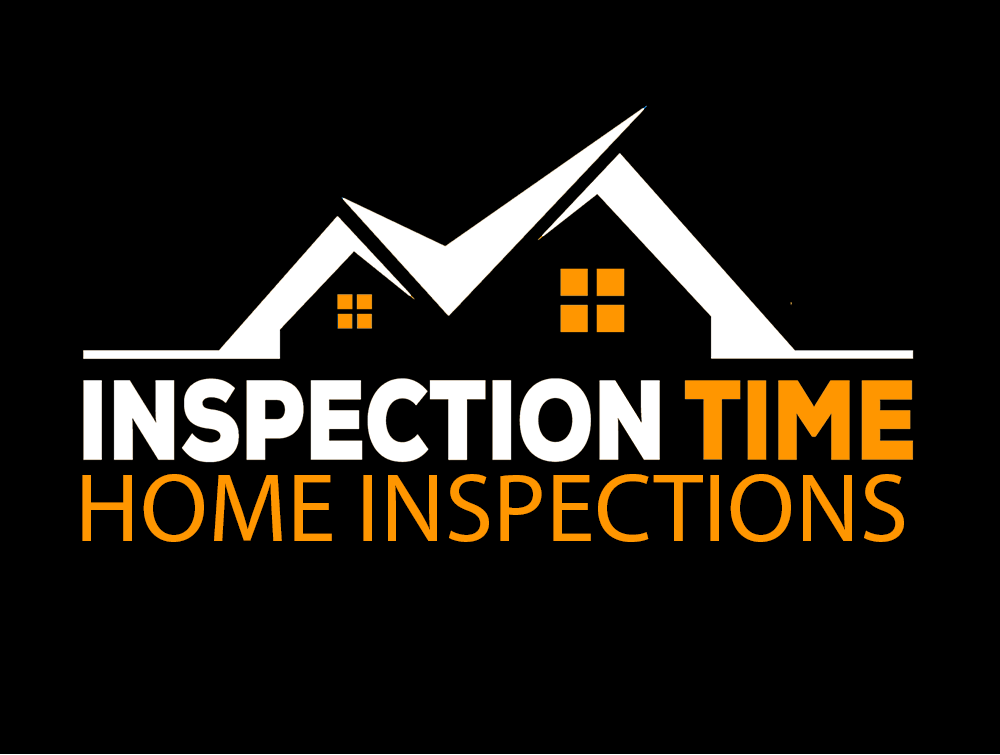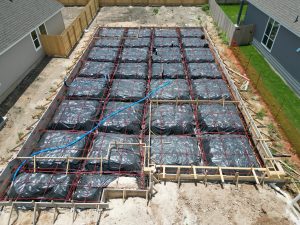By: Inspection Time | Aaron Davis CMI Trec#25498 | Professional Home Inspector

Slab spalling is a common issue in concrete structures that can affect both residential and commercial buildings. It refers to the flaking or peeling away of layers from the surface of concrete, often exposing the aggregate beneath. Understanding the causes, concerns, and effective solutions for slab spalling is essential for maintaining the integrity and longevity of concrete slabs.
Causes of Slab Spalling Several factors contribute to the formation of slab spalling:
- Freeze-Thaw Cycles: In colder climates, repeated freezing and thawing of moisture within the concrete can cause expansion and contraction, leading to spalling.
- Chemical Exposure: Exposure to deicing salts, acids, or other chemicals can deteriorate the concrete surface, causing it to spall over time.
- Poor Concrete Quality: Improper mix proportions, inadequate curing, or using low-quality materials can result in weak and porous concrete prone to spalling.
- Corrosion of Reinforcement: When steel reinforcement within the concrete corrodes due to moisture ingress, it can expand and cause the concrete cover to crack and spall.
Concerns Associated with Slab Spalling Understanding the concerns helps in assessing the severity and impact of spalling:
- Structural Integrity: Spalling can compromise the structural strength of the concrete, especially if it extends to deeper layers or affects load-bearing elements.
- Aesthetic Issues: Spalling detracts from the appearance of the concrete surface, affecting the overall visual appeal of the structure.
- Safety Hazards: Loose concrete fragments can pose safety risks, especially in high-traffic areas where they can cause slips or trips.
Effective Solutions for Slab Spalling Addressing slab spalling involves implementing appropriate repair and preventive measures:
- Surface Repair: Remove loose concrete, clean the area, and apply suitable patching compounds or repair mortars to restore the surface.
- Sealing and Waterproofing: Apply sealants or coatings to protect the concrete from moisture penetration and chemical exposure, thereby reducing the risk of spalling.
- Reinforcement Protection: Ensure proper cover of reinforcement and use corrosion-resistant materials to prevent corrosion-induced spalling.
- Proper Maintenance: Regularly inspect and maintain concrete surfaces, promptly addressing any signs of deterioration to prevent spalling from worsening.
Conclusion Slab spalling is a manageable issue with proactive maintenance and appropriate repair techniques. By understanding its causes, addressing concerns promptly, and implementing effective solutions, builders and inspectors can ensure the durability, safety, and aesthetic appeal of concrete structures.
Hashtags: #SlabSpalling #ConcreteMaintenance #BuildingSafety #ConcreteRepair
Keywords: slab spalling, concrete spalling, concrete maintenance, building inspection, concrete repair





One Comment
tlovertonet
Thanks, I’ve recently been looking for information about this subject for ages and yours is the best I’ve came upon so far. However, what in regards to the bottom line? Are you sure about the source?